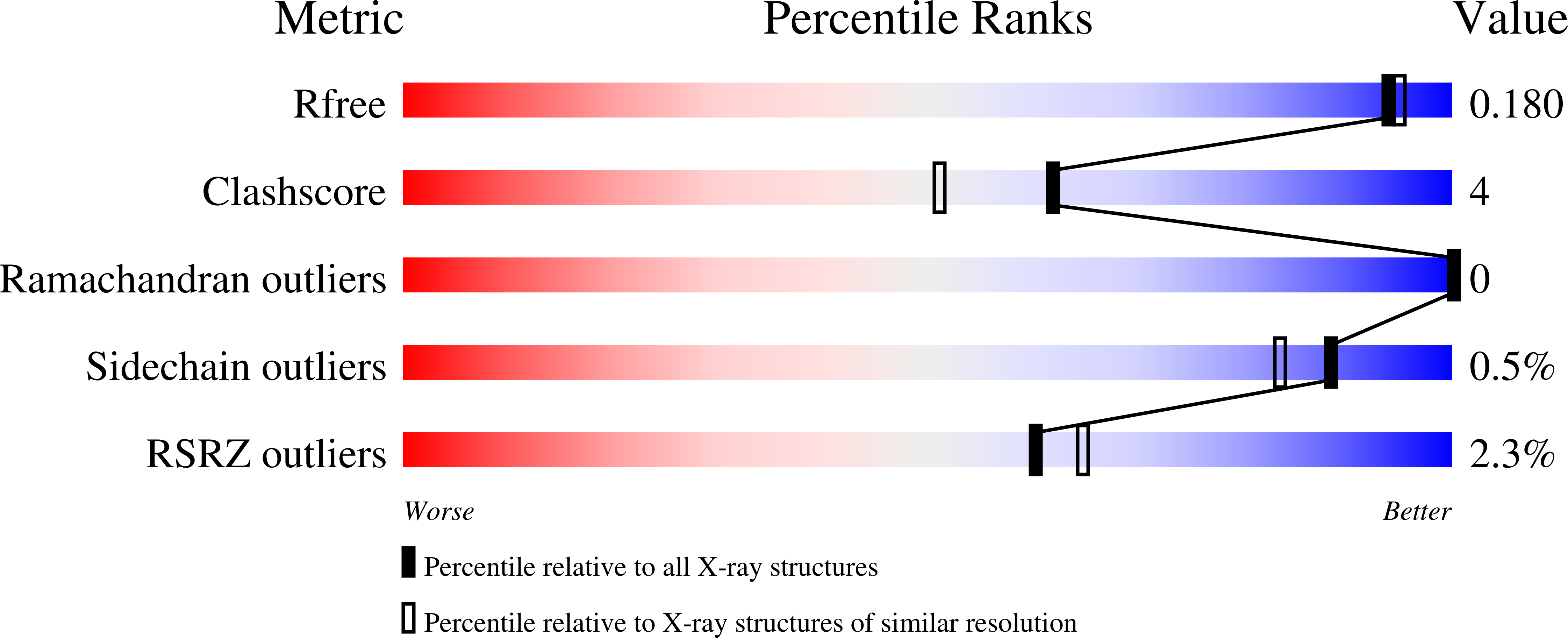
Deposition Date
2005-01-26
Release Date
2005-09-20
Last Version Date
2023-08-23
Method Details:
Experimental Method:
Resolution:
1.70 Å
R-Value Free:
0.20
R-Value Work:
0.17
Space Group:
P 1 21 1


